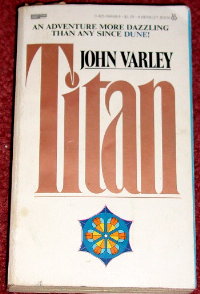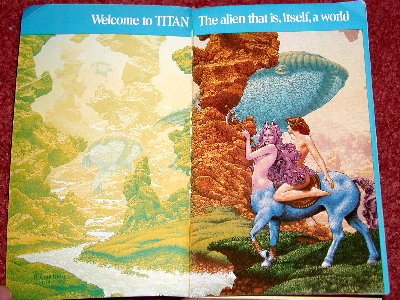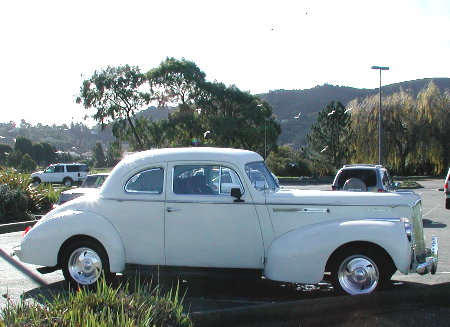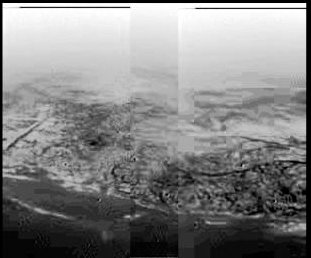

 |

|
WEEK 3 2005
Last Week- Sun- Mon- Tue- Wed- Thur- Fri- Sat- Next Week
| Lancaster
Weather NOAA |
Lancaster WeatherUnderground |
| A Year Ago, This Week | Two Years Ago, this
week |
| Weekly
Picture Archive |
Thursday 20 January 2005
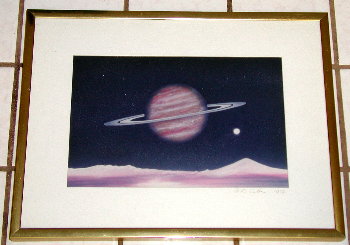
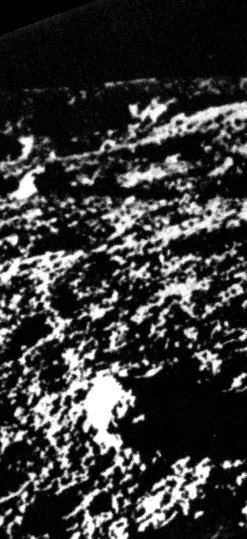 |
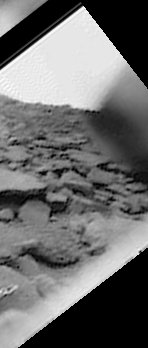 |
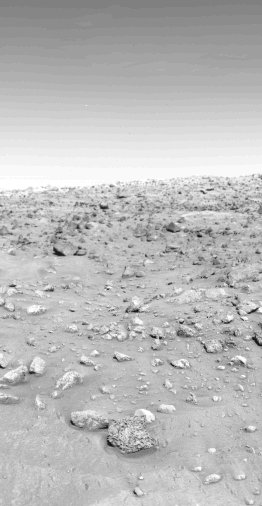 |
| A Soviet Luna 9 image from the Moon, landing in January 1966. |
A Soviet Venera 9 image from Venus, landing on 22 October 1975. |
An American Viking 1 image from Mars, landing 23 July 1976. |
